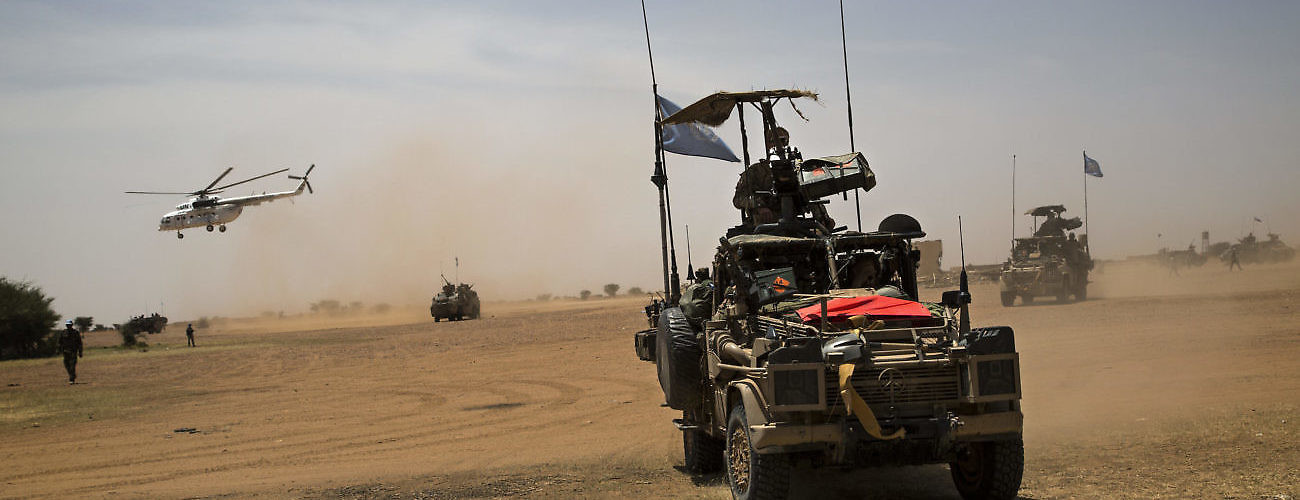Members of Dutch Special Forces serving with the UN Multidimensional Integrated Stabilization Mission in Mali (MINUSMA) secure the area during the visit of the force commander, Major General Michael Lollesgaard, to Anefis, in northern Mali, September 14, 2015. UN Photo/Marco Dormino.
Since 2013, after years of near absence from the continent, a number of European countries, along with Canada, have again deployed to UN peacekeeping missions in Africa. The European presence in UN peacekeeping in Africa is now nearly at its largest since the mid-1990s. These countries provide much-needed high-end capabilities, as well as political and financial capital, to UN peacekeeping operations. Nonetheless, securing and sustaining European contributions to these types of peacekeeping operations remains an uphill battle for the UN.
This paper draws lessons from this renewed engagement by European countries and Canada, both from their point of view, as well as from that of the UN Secretariat, UN field missions, and other troop contributors. It aims to explore how these bodies and other countries can best work together in a collective endeavor to improve UN peacekeeping’s efficiency and effectiveness. Toward this end, the paper recommends a number of actions to the UN Secretariat:
- Build peacekeeping operations around first-class medical systems;
- Focus on improving processes for casualty evacuation;
- Strengthen the UN’s capacity to foster partnerships among troop-contributing countries;
- Engage Europe strategically and politically;
- Be flexible and make European contributors (and others) feel included in planning;
- Continue educating European contributors about UN peacekeeping;
- Do not limit engagement with European contributors to high-end capabilities;
- Ensure European contributors adhere to UN standards; and
- Encourage European contributors to commit to longer deployments.








